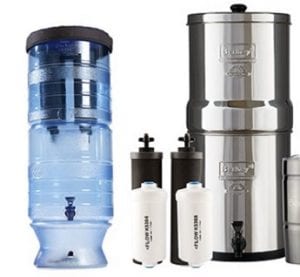
Agriculture
January 11, 2024
Berkey Ceramic Filters
Read SolutionImplemented by
New Millennium Concepts, Ltd
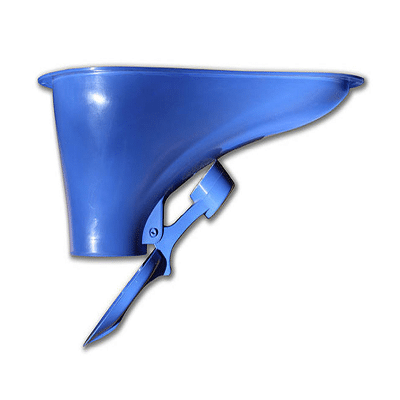
Updated on August 14, 2024
·Created on July 29, 2017
The SaTo Pan is a toilet pan that mechanically and hydraulically seals pit latrines.
The SaTo pan is a toilet pan that uses a mechanical and water seals to close off pit latrines form open air. This reduces disease transmission from flying insects that come into contact with human waste. It also eliminates the unsightly appearance and odors from open pit latrines and reduces the volume of water needed to flush.
Target SDGs
SDG 6: Clean Water and Sanitation
Market Suggested Retail Price
$5.00
Target Users (Target Impact Group)
Household
Distributors / Implementing Organizations
RFL produce the product and distribute it to retailers in Bangladesh. Crestanks produce and sell the product in Uganda. Kentainers sell it in Kenya. American Standard developed the SaTo pan and donated many SaTo pans during their Flush for good-campaign. iDE, that developed the SaTo pan together with American Standard has distributed it a lot in Bangladesh for example. Wateraid has implemented the product in Nepal. BRAC also assisted American Standard in the development and distribution of the SaTo pan. Save the children, Food for the Poor, Plumbers Without Borders and UNHCR are other implementers.
Competitive Landscape
Direct competitors include AquaSanTec WonderLoo, Easy Latrine, and Elephant Toilet.
Regions
Africa, Central Asia, East Asia, North Asia, South Asia, Southeast Asia
Countries
Bangladesh, Ethiopia, India, Indonesia, Kenya, Madagascar, Nigeria, Philippines, Rwanda, Tanzania, Uganda
Manufacturing/Building Method
Mass produced. Manufacturing can and is done in target regions. At the moment there are factories in Uganda (Crestanks), Bangladesh (rflplastics), Kenya (Kentainers), India and Nigeria.
Intellectural Property Type
Patent
User Provision Model
Donations or direct sales from distributers. American Standard has had a BOGO offer for customers that when they buy a toilet, American standard donates a SaTo pan. American Standard donated around one million SaTo pans during their Flush for good-campaign.
Distributions to Date Status
As of mid-2016, over 1 million SaTo units have been installed in over 14 countries, for example Bangladesh, Uganda, Haiti, Malawi, Nepal, Nigeria and the Philippines. Of these, some 500,000 SATO toilets were donated to nongovernmental organizations for installation in homes and schools in Bangladesh, and another 300,000 have been sold in Bangladesh for $2 USD each.
Toilet type
Accessory
Evacuation method
Pour flush
Storage conditions
N/A
Capacity (L)
N/A
Time until emptying
N/A
Design Specifications
The SaTo pan is made of low linear density polyethylene and installed over a pit latrine, normally in a cement slab. Its dimensions are height 190.5mm, length 500mm, width 40.5mm and the base has a diameter of 63.7mm. The pan has a door(where the excreta gathers) that opens when the user pours water on it so that the excreta falls into the pit. The door then closes automatically. There are variations of the pan depending on context, the Uganda version needs less water for example. In another version the user pulls a cable to open the sealer.
Technical Support
Technical support can be done by the user him/herself due to the simplicity of the product. There are instruction manuals on how to build a toilet with the pan and how to install it on a pit latrine.
Replacement Components
N/A; the product comes in a one piece.
Lifecycle
Should last at least until the pit latrine it is connected to is full. If the pan is attached to a movable slab the pan can be moved with the slab to the new pit.
Manufacturer Specified Performance Parameters
The designers made the SaTo pan to reduce disease transmission by preventing insects to come in contact with the human waste. It reduces odours and only needs very little water to flush. The designers used Human Centered Design when developing the product and hence important targets was that the pan was affordable, adapted to the squatting norm and easy to install and use.
Vetted Performance Status
Excreta can be flushed down with as little as 200mL of water Brochure from manufacturer. The product also reduces odor. It closes quickly and automatically to block smell and stop flies from entering/exiting the pit. Brochure from manufacturer
Safety
The product prevents insect from coming in contact with excreta and hence disease spread is reduced.
Complementary Technical Systems
The SaTo pan is normally attached to a cement slab placed over an open pit latrine. In a new version specially made for a twin pit latrine it is connected to tubes that leads the excreta to the pits.
Academic Research and References
LIXIL, 2016, Tackling Challenges in Global Sanitation and Hygiene.
SuSanA Forum, 2017, Updates about SaTo pan development and marketing – affordable, aspirational latrine products.
SuSanA Forum, 2017, New SATO Connection System for Twin-Pit Pour Flush Latrines.
Compliance with regulations
Unknown
Evaluation methods
The designers used HCD (Human Centered Design) to develop the product. They cite affordability, user friendliness and culture adaptation as important factors in the iterative prototyping process. They analyzed computational fluid dynamics to ensure good water flow.
Other Information
Reports about the making, distribution and use of the SaTo pan: 1.Fostering disruptive design innovations in sanitation marketing in Bangladesh 2.Disruptive design in sanitation marketing- lessons from product and process innovations in Bangladesh 3.Sanitation in Bangladesh: Revolution, Evolution, and New Challenges
A video from implementation in Bangladesh is found here.
An installation video from Nepal is found here.
A video showing some of the testings is found here.
American Standard received the Patent for Humanity award for the SaTo pan in 2014.
A website with information of all different versions of the SaTo pan is under development.
In September 2017 a version for a two-pit pour-flush latrine will be introduced in India, see video.

Agriculture
January 11, 2024
Implemented by
New Millennium Concepts, Ltd
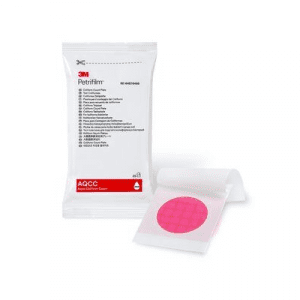
Agriculture
January 24, 2024
Implemented by
3M
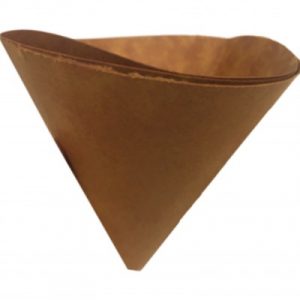
Agriculture
January 24, 2024
Implemented by
Folia Water
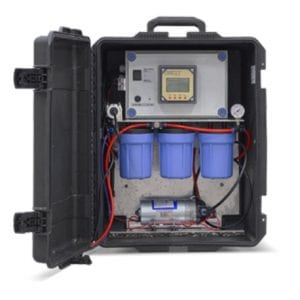
Agriculture
January 25, 2024
Implemented by
MuchMoreWater
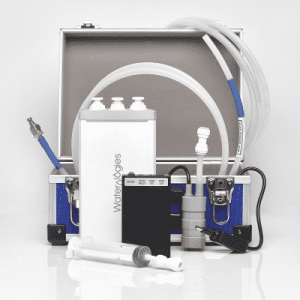
Agriculture
January 25, 2024
Implemented by
Waterologies
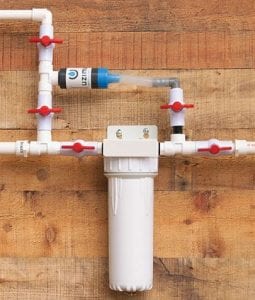
Agriculture
January 2, 2024
Implemented by
Uzima
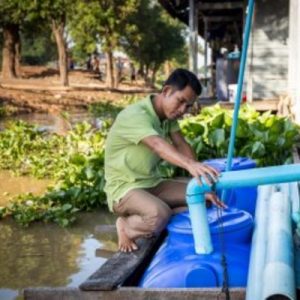
Agriculture
August 16, 2024
Implemented by
Wetlands Work
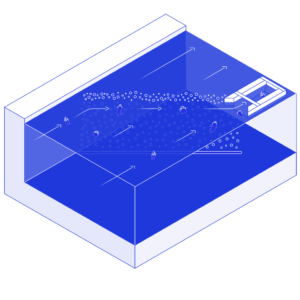
Agriculture
January 15, 2024
Implemented by
The Great Bubble Barrier

Agriculture
January 27, 2024
Implemented by
Water and Environmental Engineering, University of Bristol
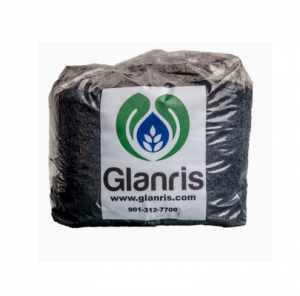
Agriculture
February 2, 2024
Implemented by
Glanris
Have thoughts on how we can improve?
Give Us Feedback
Hi,
I am working in the WASH sector and I want to promote the sue of SatoPan in rural areas in Burkina Faso. How can I get the SatoPan in my country